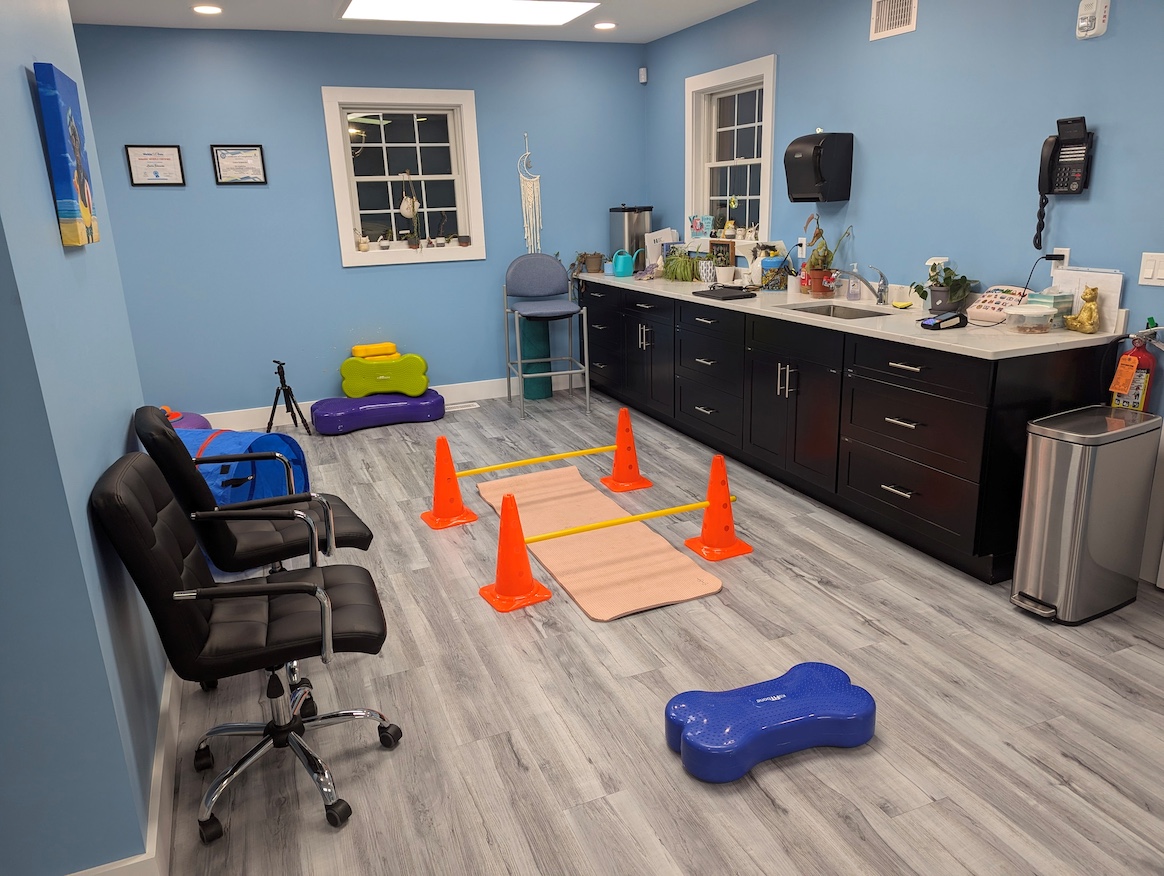Pet Physical Therapy in Hopewell Junction
At Hopewell Animal Hospital, we understand that your pets are cherished members of your family who deserve quality care. We proudly offer pet physical therapy to improve your pet’s health, comfort, and overall well-being. Our compassionate team works closely with you to create a personalized treatment plan to address your pet’s needs and enhance their quality of life.
We provide various cat and dog rehabilitation services, combining traditional and Chinese veterinary medicine to offer your pet the tailored care they deserve. You can trust that your pet is in skilled, caring hands, and we treat them with the utmost respect and attention. If you’re looking for pet physical therapy in Hopewell Junction, call us today!




